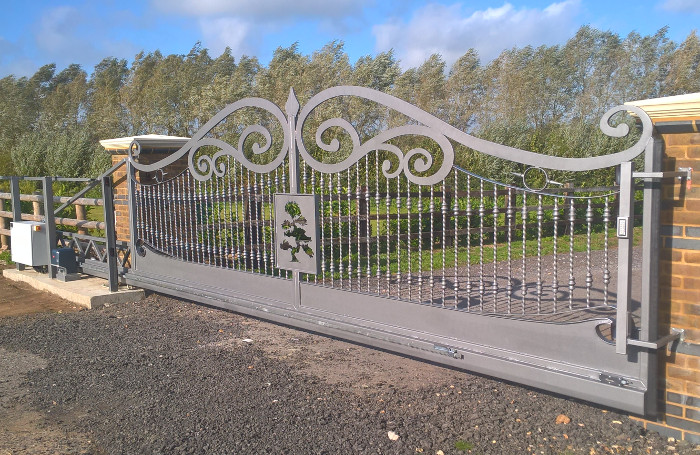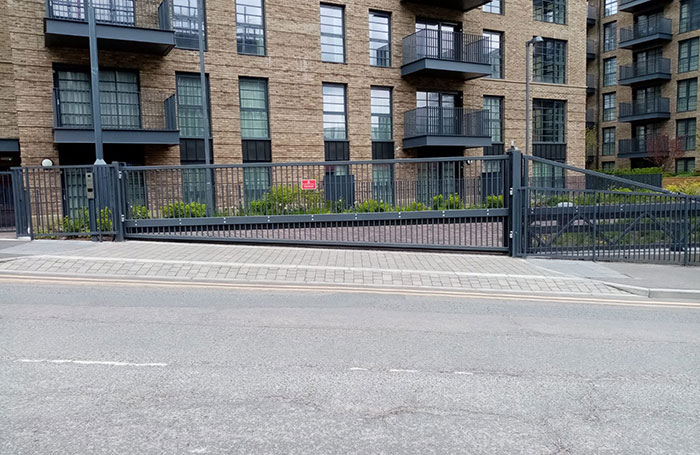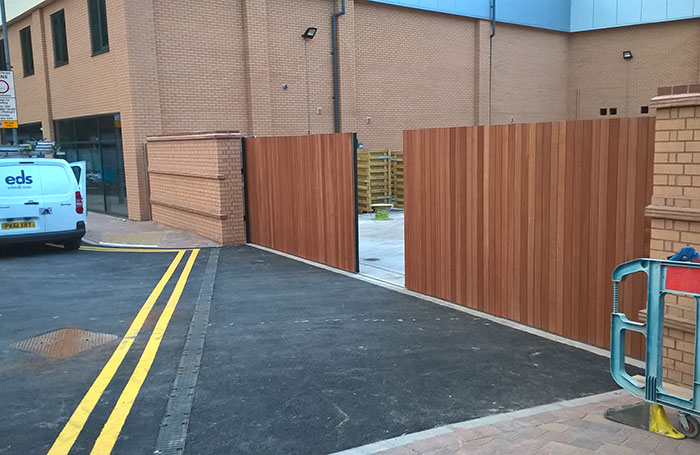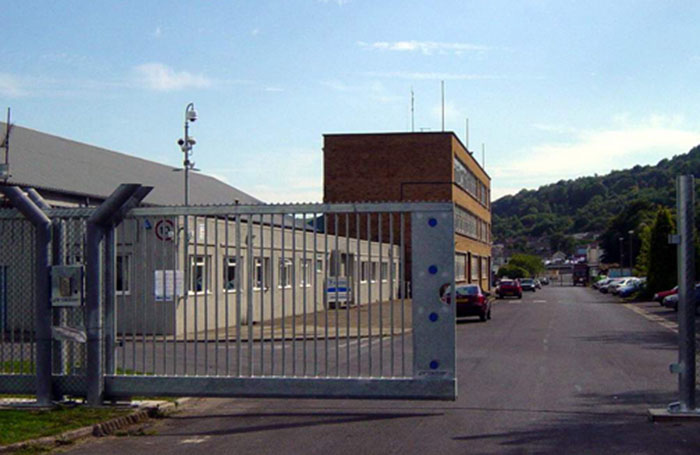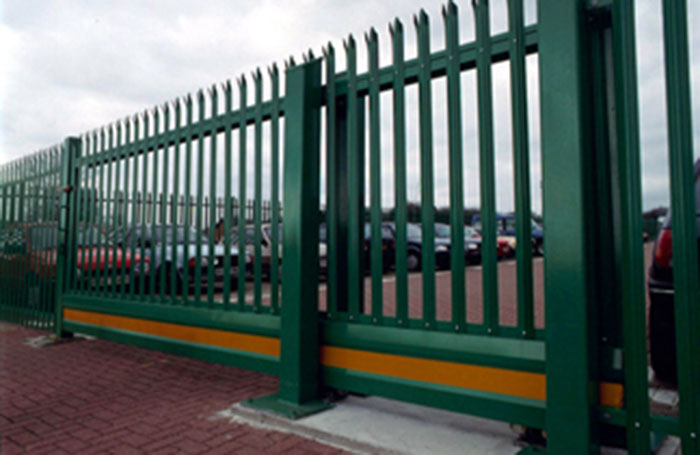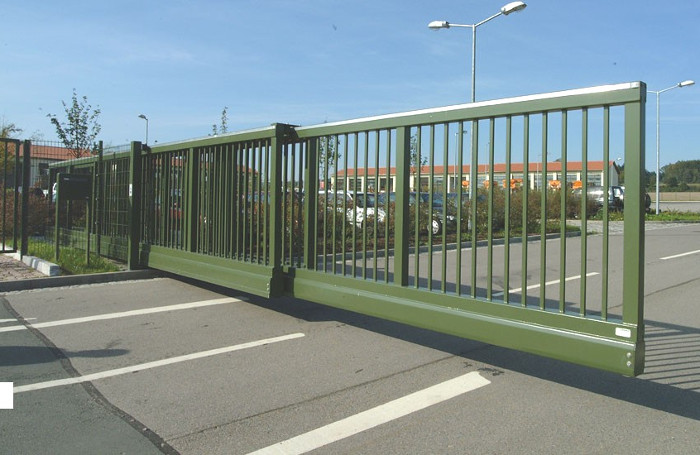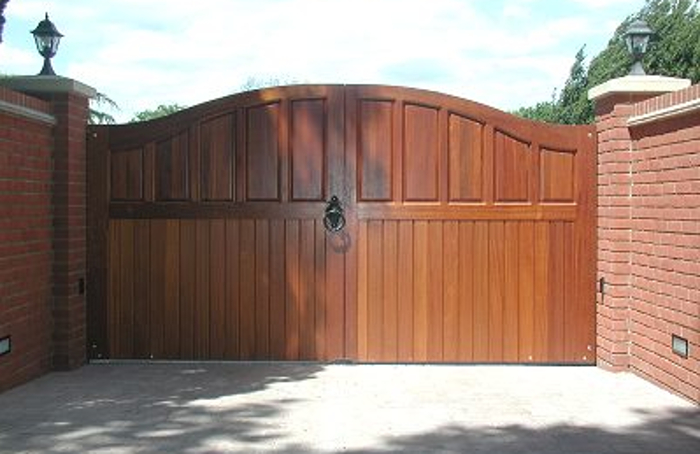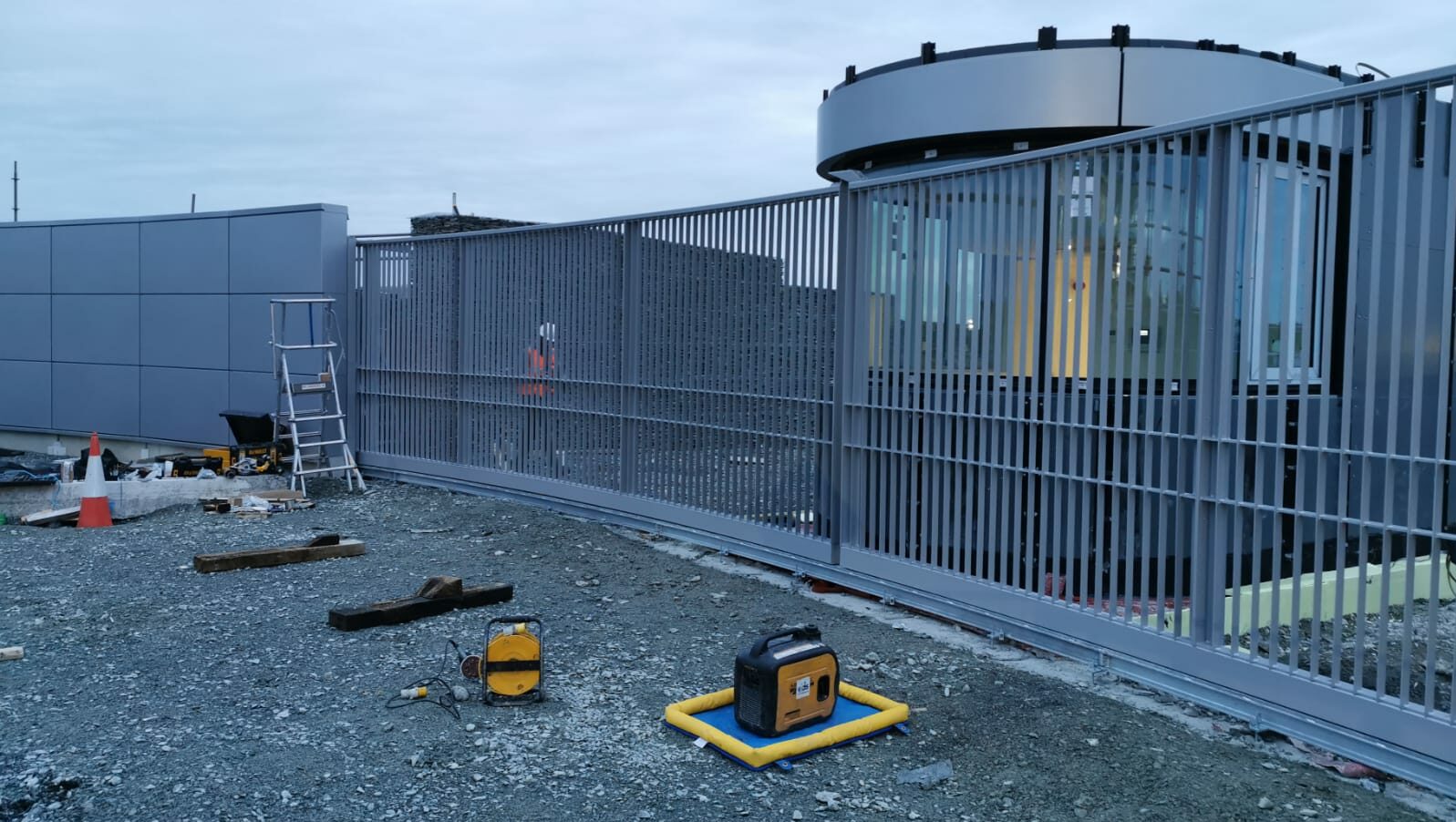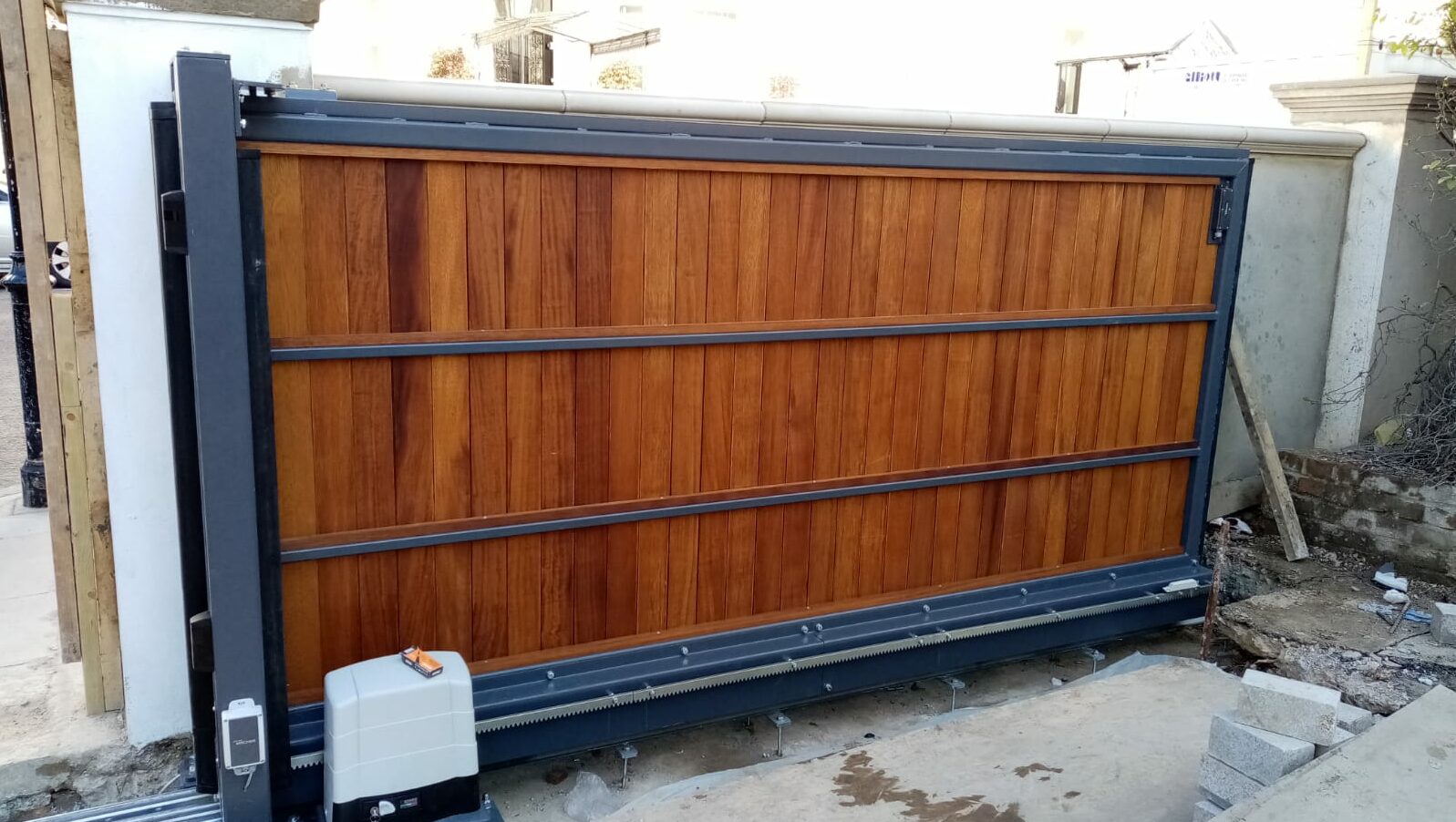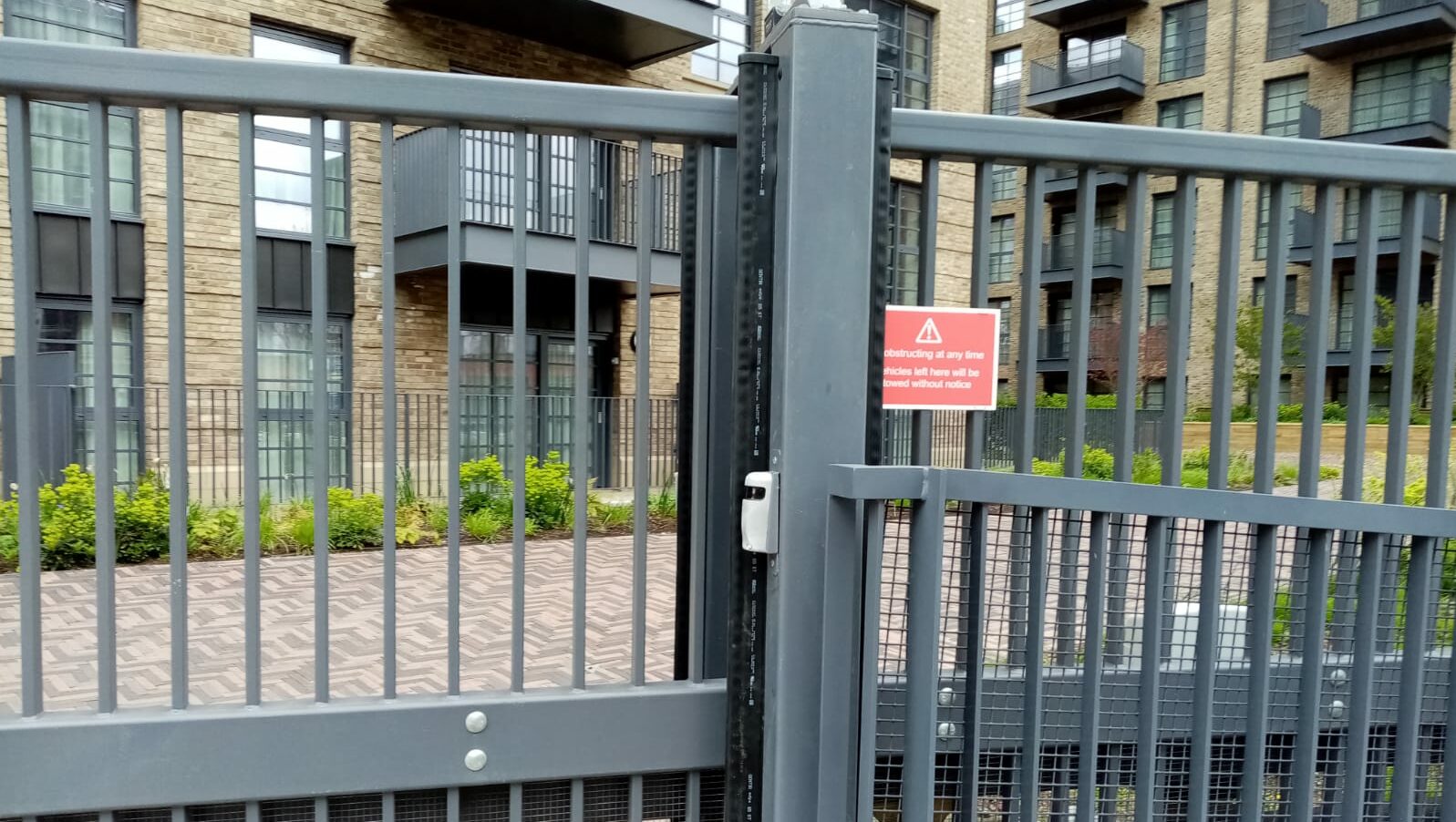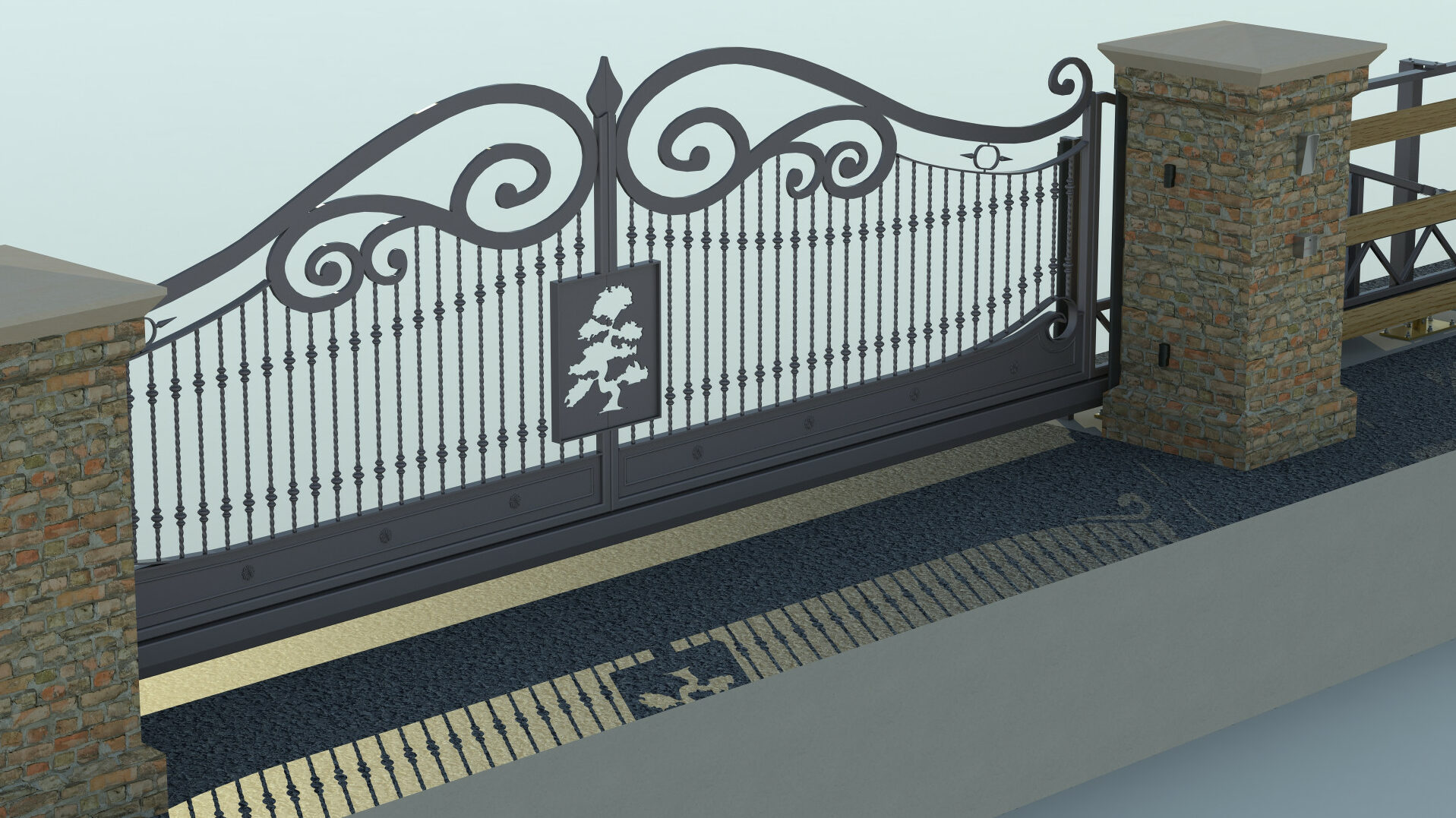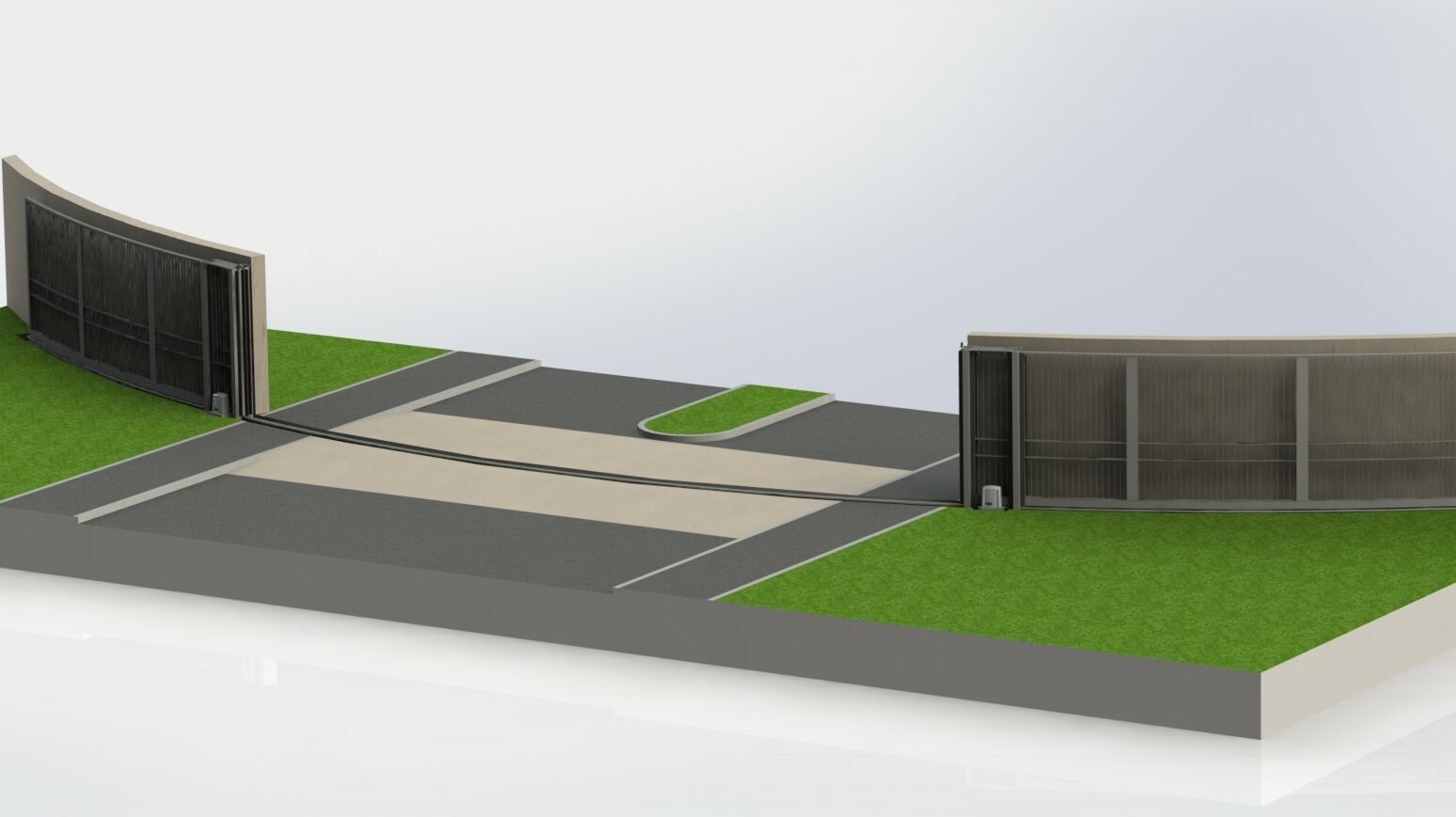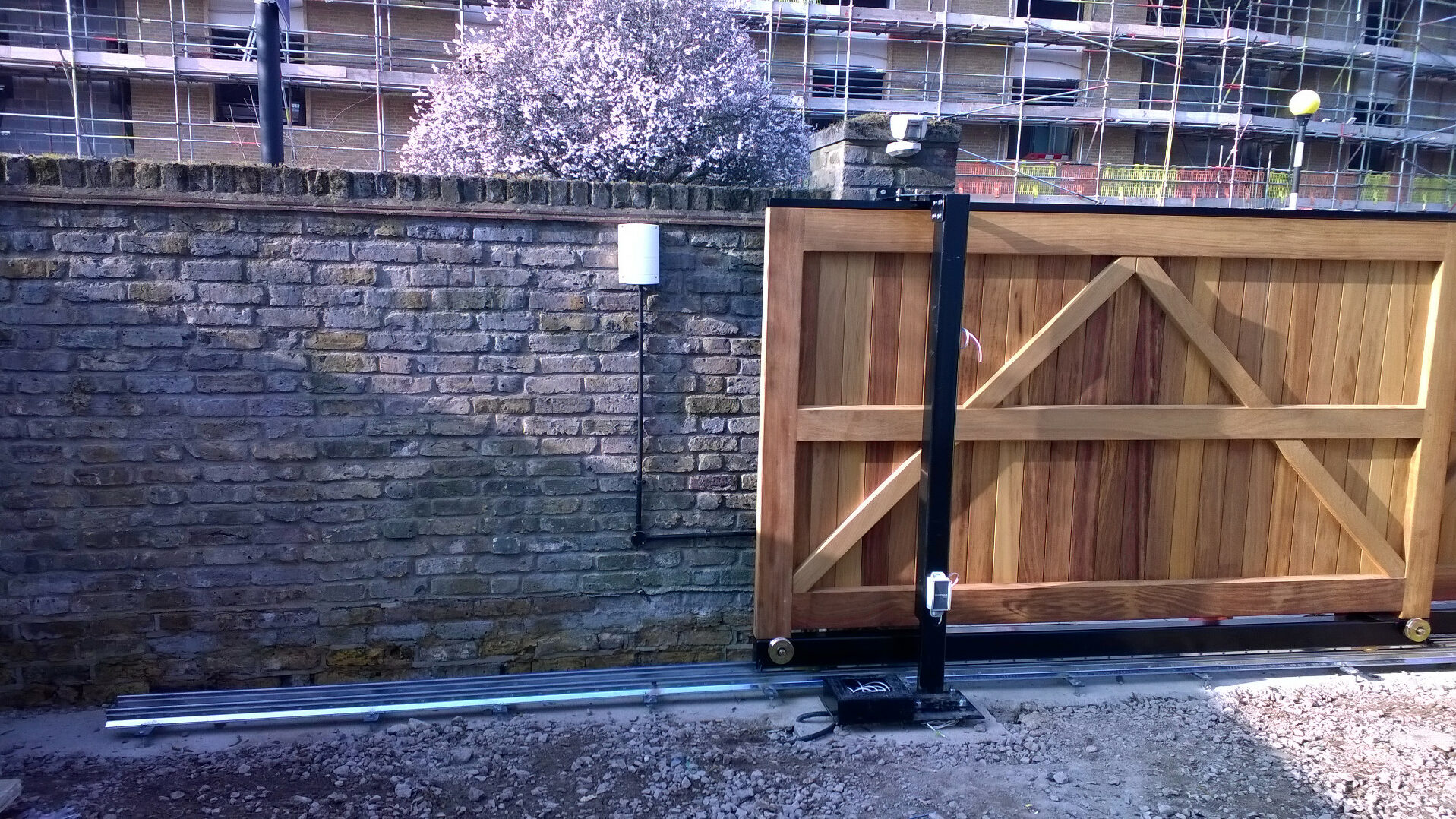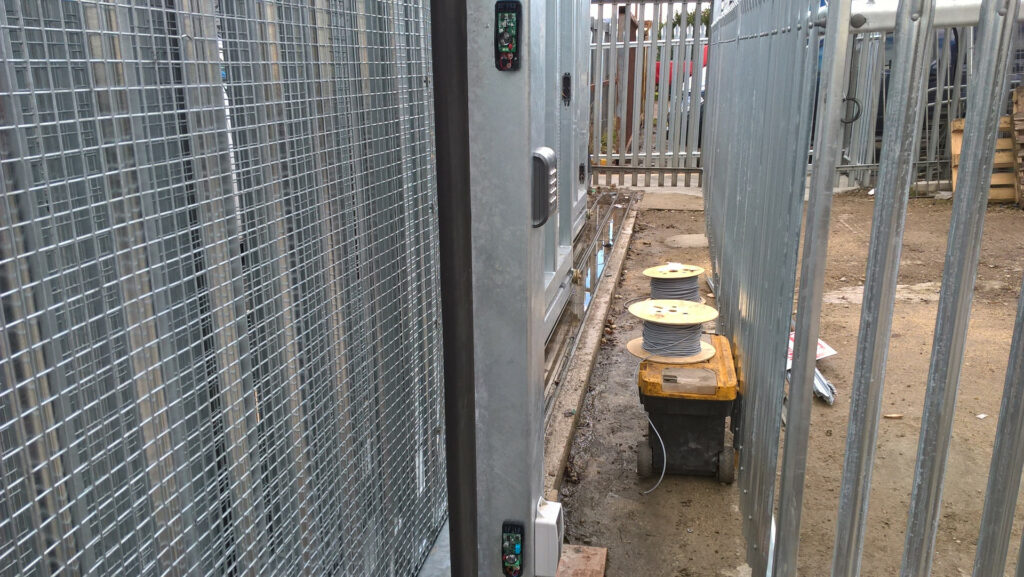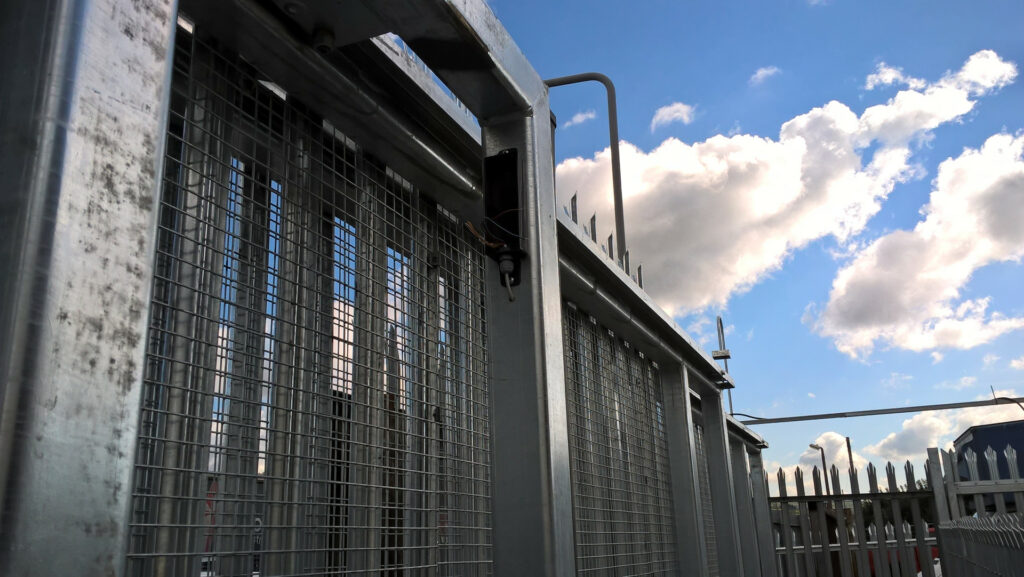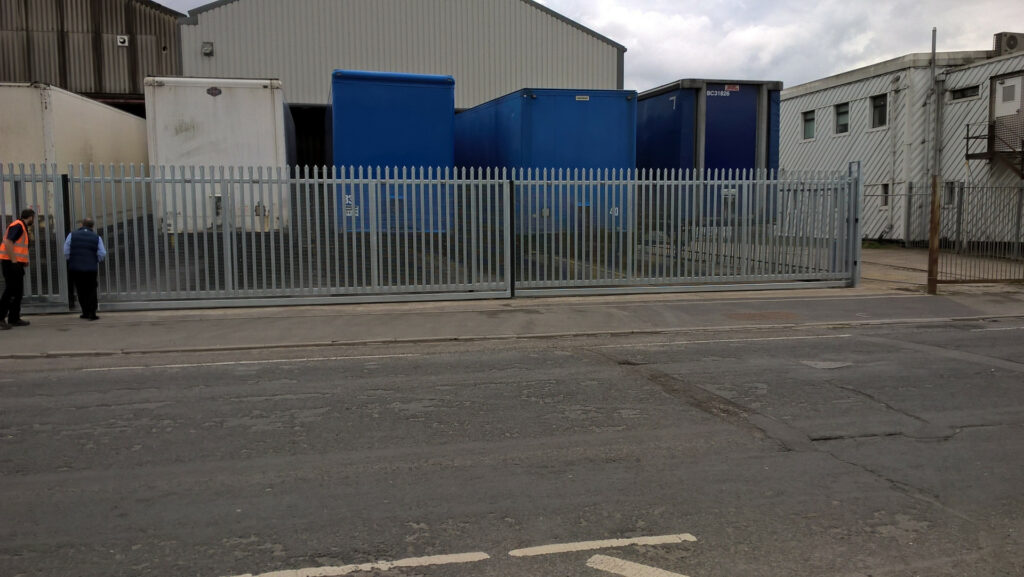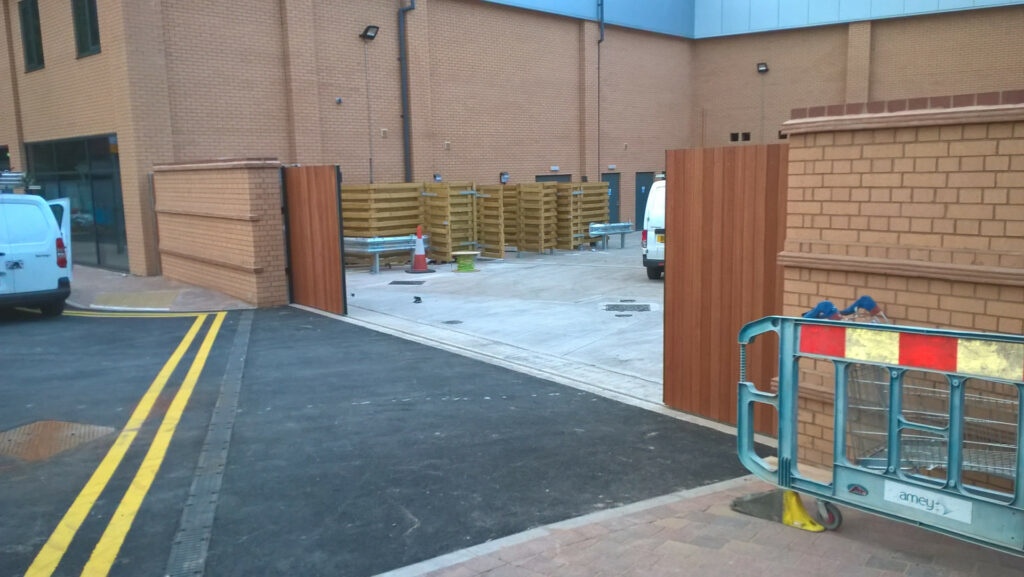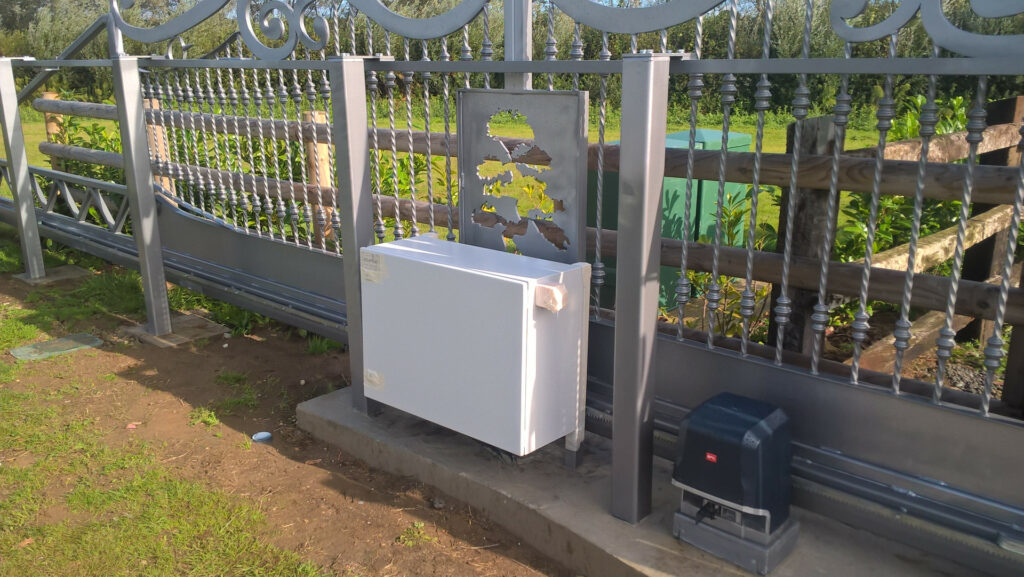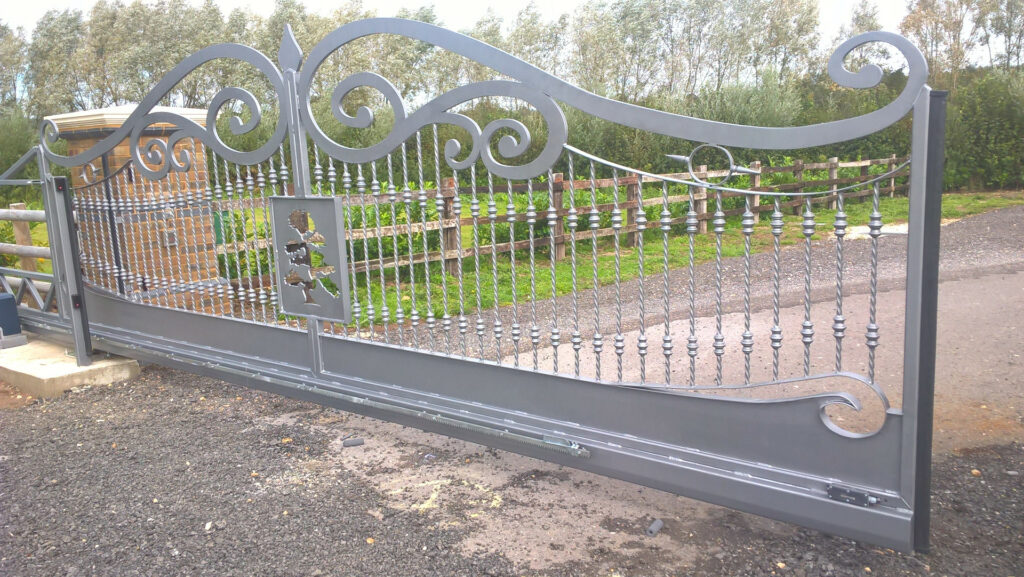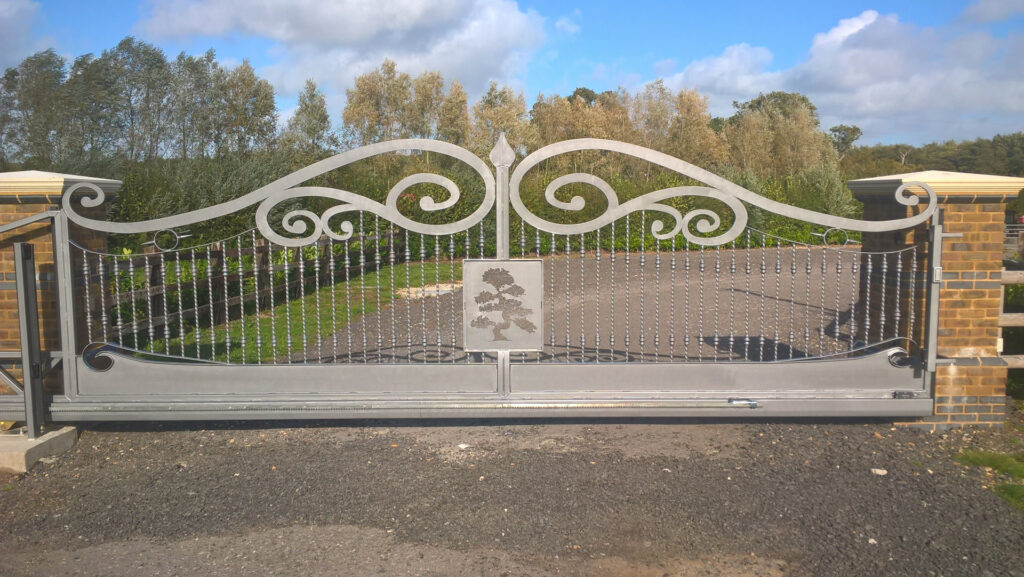Automatic Sliding Gates
Automatic Sliding Gates
We offer two types of sliding gates: firstly the tracked sliding gate which utilises a ground track laid across the opening, for the gates wheels to run along. The second is the cantilever sliding gate which does not have a ground track and travels above ground like a piston effect being pushed out from its mounting point, with a counter balance on the one side.
We also have a range of bi-parting telescopic sliding gates, either tracked telescopic sliding gates or cantilever telescopic sliding gates, with various finishes, style and colour with bespoke options available. Most styles are available in our sliding gate range.
- Residential Sliding Gates
- Takes up Minimal Space
- Automatic Sliding Gates
- Commercial & Industrial Sliding Gates
- Cantilever Gate or Standard Sliding Gates
- Manual Sliding Gates
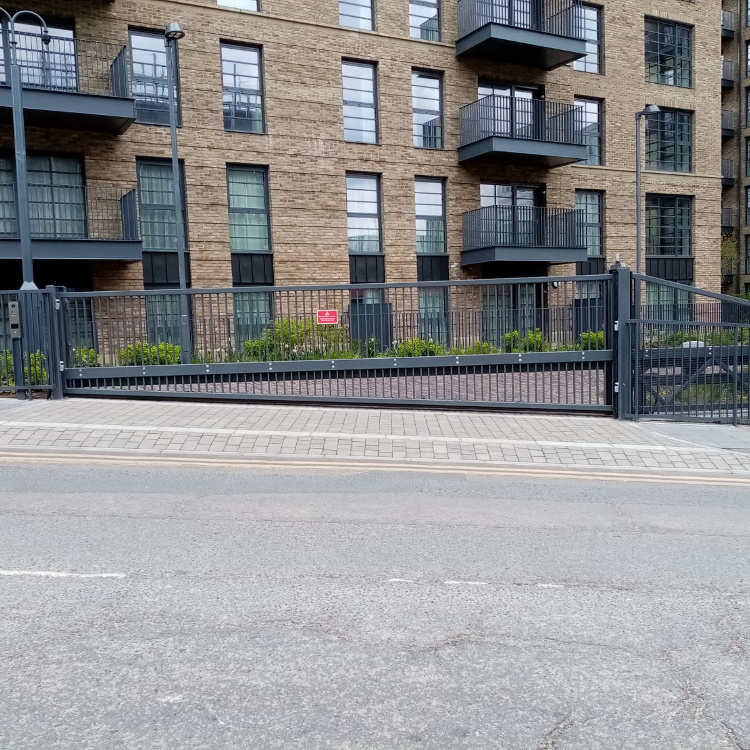
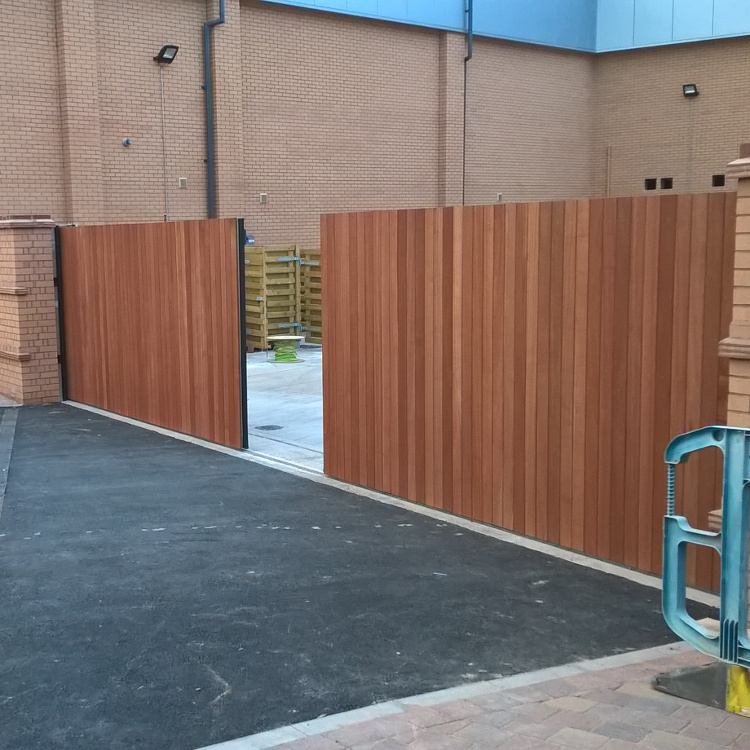
Automatic Sliding Gates
Automatic Sliding Gates provide a unique, high-security solution under many circumstances and are quite common in larger commercial & industrial applications, for a variety of reasons as sliding gates can either be single-leaf or twin-leaf and they do not encroach into the driveway or yard area since they slide either side of the opening. Where there are rising driveways, sliding gates are ideal since they do not have to “rise up” the driveway and provided there is sufficient room for one or two leaves to slide in one or either direction beyond the opening.
Benefits of Sliding Gates
Sliding Gate Systems are the most secure automatic gate systems around, as due to their operation and positioning, when closed they are almost impossible to open. They are held in place by the tracking system, drive motor, and other features of the installation, such that they cannot be wedged sideways except by very unusual and extreme force.
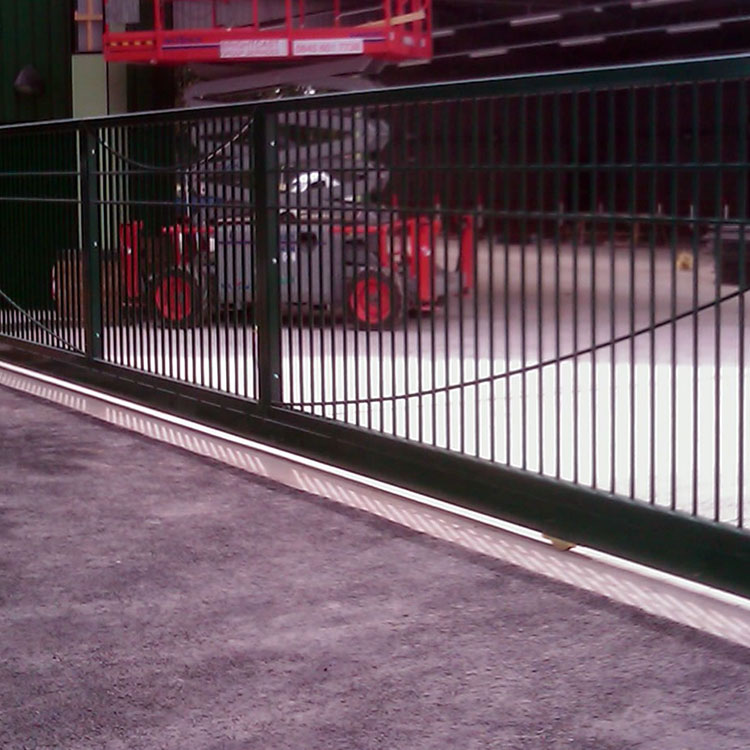
Types of Sliding Gate Systems
Sliding Gates would normally run back and forth on grooved or circular wheels along a level horizontal beam fitted with a channel. The motor will drive the gate back and forth using a rack and pinion mechanism on the gate, powered by a cog at low level on the gate motor. This configuration however does require that the ground is relatively level and that a steel beam can be sunk into the ground the full length of the gate in both the open and closed positions. Any sliding gate in such circumstances requires to slide at least its own width either side of the opening, also taking into account the width of the motor (usually around 300 mm).
An alternative method of operation is the Cantilever System. Here there is no sunken steel beam the full length of the gate plus itself again. Instead the entire gate is suspended on a relatively short cantilever system involving wheels set in a channel (rather like the wheels of a train carriage). The “overhang” of the gate beyond the opening is usually around 30% to 40% of the nominal gate width and the entire gate pivots on the cantilever wheels. It then operates by running back and forth on these cantilever wheels. The gate motor principle is the same (i.e. toothed rack and pinion), with the motor being located in roughly the same position as with a standard sliding gate system.
Weight Factor
Unlike swing gates where other factors dictate how efficiently the gates will operate, a critical factor in sliding gates is the weight of each gate leaf. The entire gate leaf in this situation is both powered by and resting on the drive unit. Thus individual automatic sliding gate systems are calibrated in terms of gate weight in relation to motor specification.
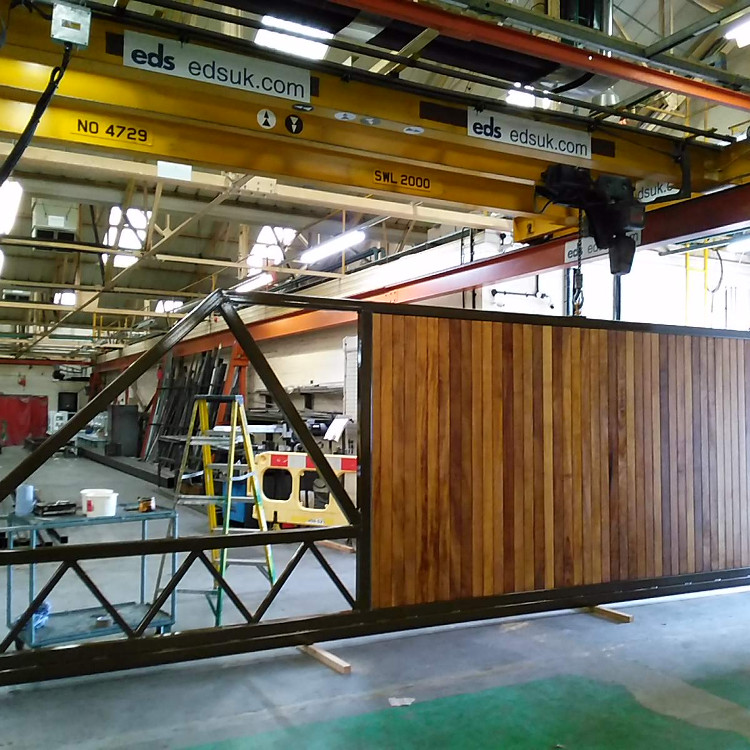
Method of Operation
Due to the design and direction of automatic sliding gates the hydraulic vs. electromechanical argument does not enter into the equation. Sliding gates by their very nature cannot be hydraulic in operation. They need to be able to engage or disengage when under, at or over recommended thrust levels to ensure that the motor does not fail. This operates rather like a clutch in car, which engages to drive and disengages to idle.
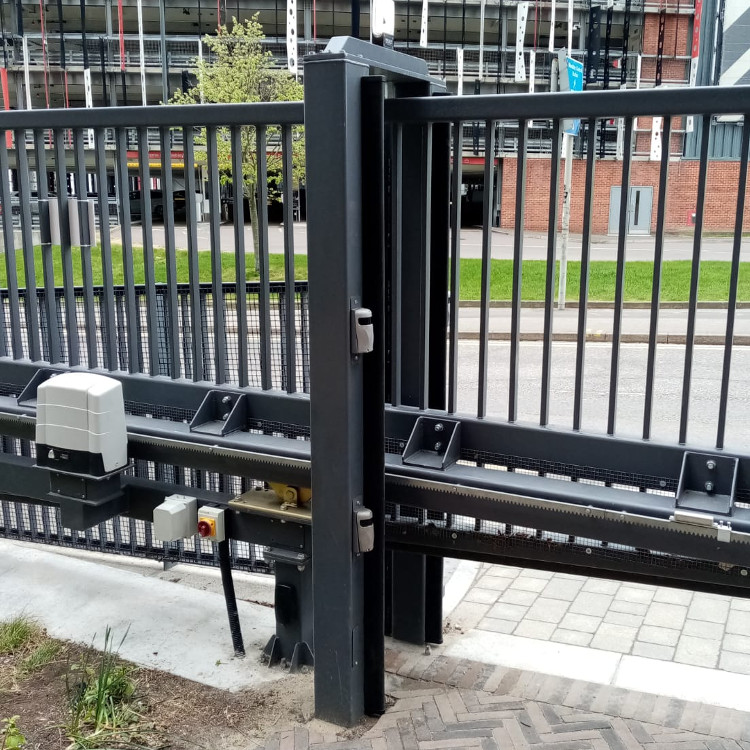
Size and Rating of Automatic Sliding Gate Motors
Most domestic and light commercial applications can operate on the same motor supporting gate leaf weights of around 300 Kg to 800 Kg. Heavier sliding gate leaves for commercial/industrial applications might require motors which will drive weights in the region 1000Kg to 2000Kg. Typically, the above motors would operate from 240V, single-phase AC supply, available in most homes and businesses.
Exceptionally heavy industrial gates such as in dockyards and perhaps spanning in excess of 20 metres, might require motors capable of driving gates in the region of 2000Kg to 4000Kg. These heavy-duty motors would usually require 415V, three-phase AC supply, normally available in industrial premises.
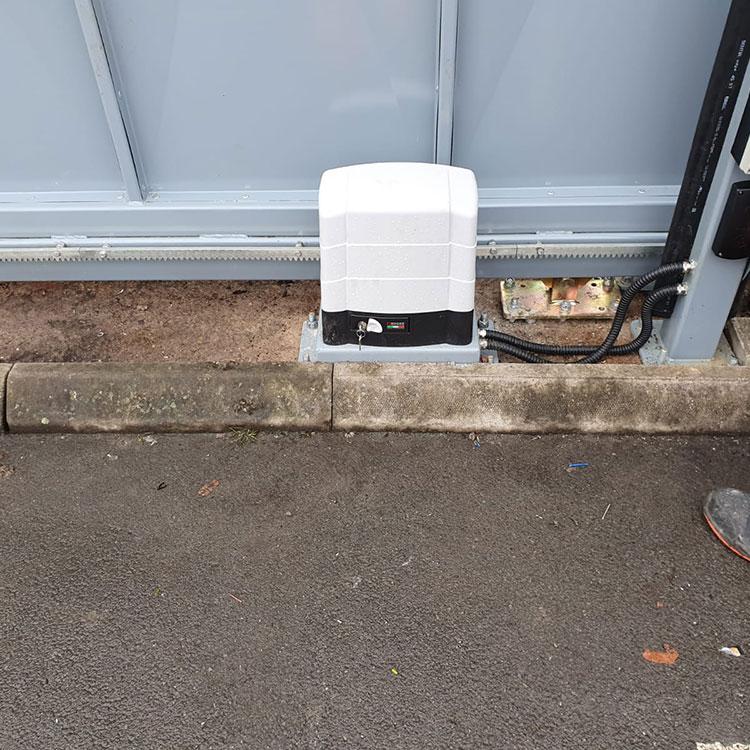
Service, Maintenance & Repairs
EDS can maintain any type of existing system, providing on-site and workshop repairs to any make of systems. With a large stockholding of spare parts we can turn around repairs rapidly.
Routine Maintenance
Regular maintenance is fundamental to ensure your systems operate as effectively as when they were first installed, we are able to provide competitive quotation for maintenance of new and any type of existing system.
Image Gallery
EDS are able to provide Wooden Gates, Oak Gates, Steel Gates, Stainless Steel Gates, Aluminium Gates and most other types of materials, please contact us for more details.
